OMI in a pediatric patient? Teenagers do get acute coronary occlusion, so don't automatically dismiss the idea.
Dr. Smith's ECG Blog
DECEMBER 5, 2023
He did have a family history notable for early CAD. A final ECG was perfomed on hospital day 2: Persistent ST elevation in the inferior leads with slight reciprocal ST depression in aVL Teaching points - It is essential to consider ACS in all age groups. He denied drug or alcohol use. ng/mL (ULN 16,000 ng/L, mildly elevated CRP of 8.4

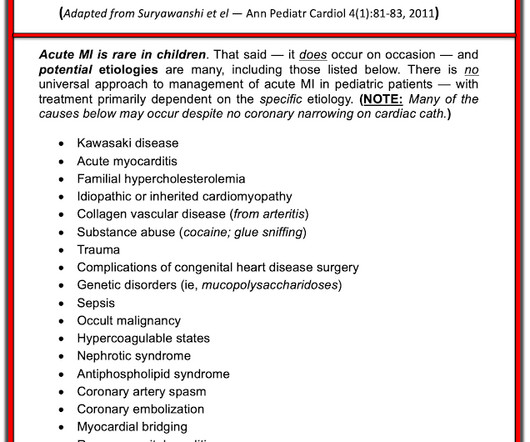

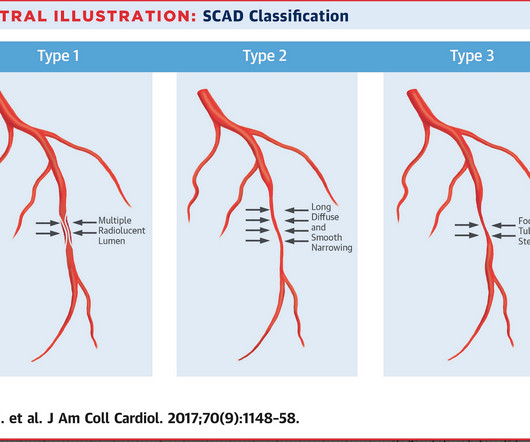
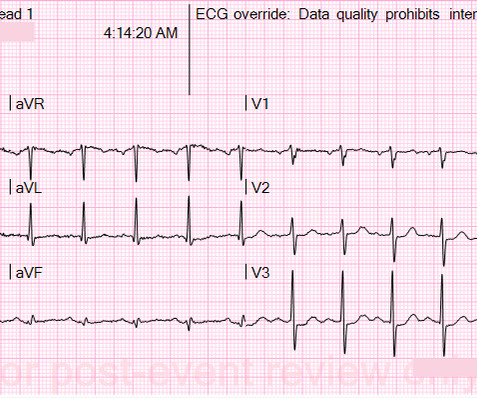

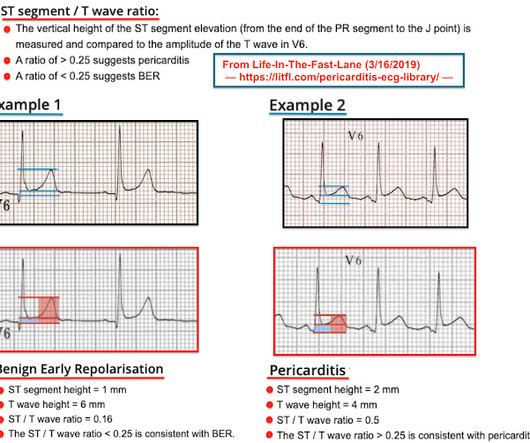
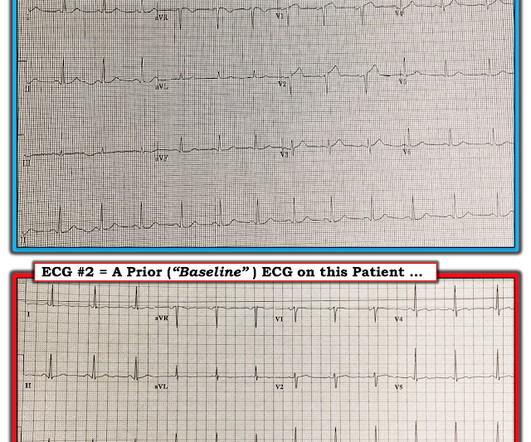
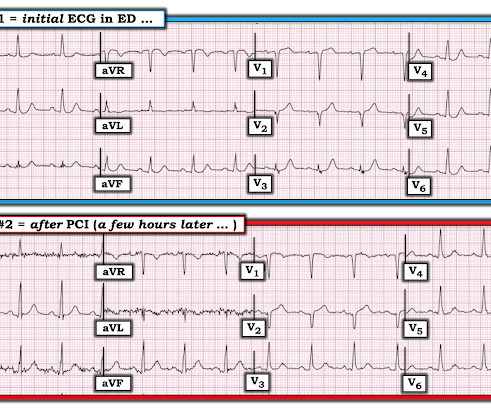






Let's personalize your content